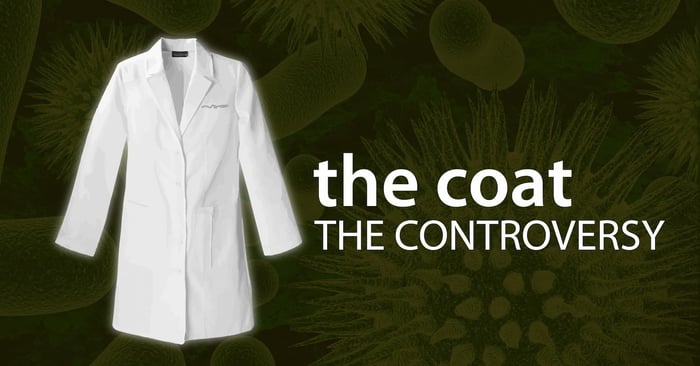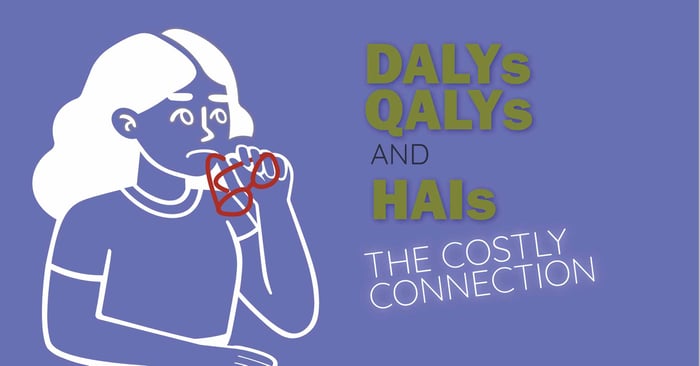2 min read.
What are endotoxins?
When we think about hospital-associated infections (HAIs), we often focus on the pathogens themselves, such as the many strains of bacteria that can...
![EOScu Logo - Dark - Outlined [07182023]-01](https://blog.eoscu.com/hubfs/Eoscu_June2024/Images/EOScu%20Logo%20-%20Dark%20-%20Outlined%20%5B07182023%5D-01.svg)












